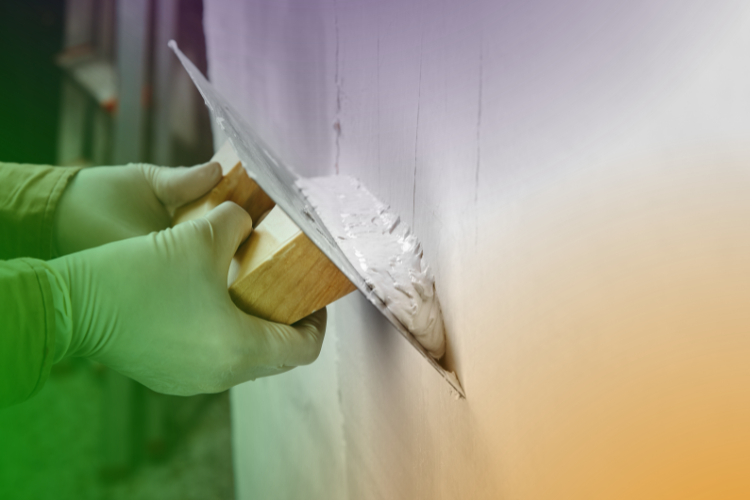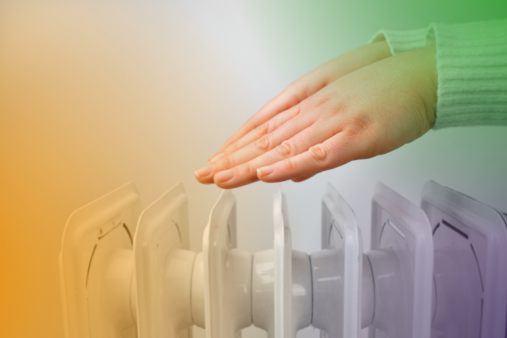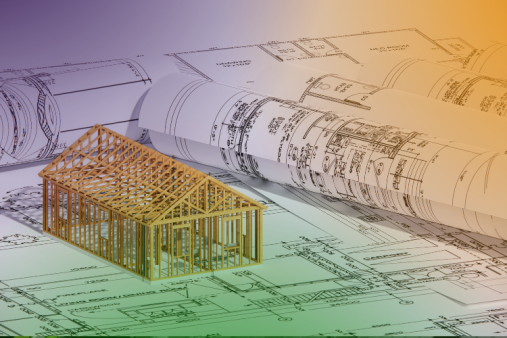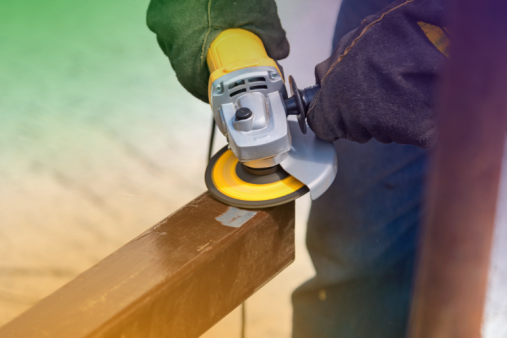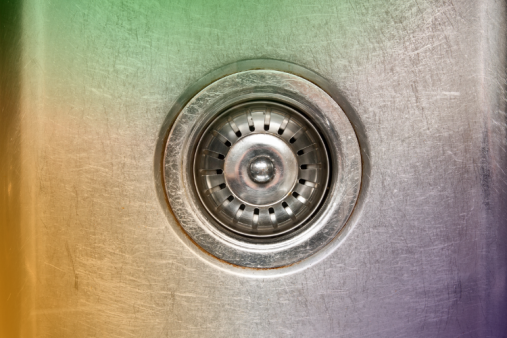What is an Accelerator?
In the context of plastering, accelerators are additives or substances used to speed up the setting or curing time of the plaster. Plaster accelerators are particularly useful in situations where a quicker setting time is desired, such as in cold weather conditions or when a faster construction turnaround is needed.
What are the different types of accelerators?
Common accelerators used in plastering include:
-
Calcium Chloride: This is a widely used accelerator in plastering. It is added to the plaster mix to accelerate the hydration of gypsum, which is a key component in many plaster formulations.
-
Retarding and Accelerating Admixtures: These are chemical admixtures that can be added to the plaster mix to control the setting time. Accelerating admixtures help speed up the setting time, while retarding admixtures slow it down. The choice between the two depends on specific project requirements.
-
Non-Chloride Accelerators: These alternatives to calcium chloride are used in situations where the presence of chloride ions could lead to corrosion of metal components. Non-chloride accelerators are often based on compounds like calcium formate or sodium nitrate.
What are the benefits of an accelerator?
The addition of accelerators to plaster can enhance workability and provide the plasterer with a more predictable setting time, allowing for better control over the plastering process.
How do you use plaster accelerator?
Using a plaster accelerator involves incorporating the accelerator additive into the plaster mix during the mixing process. Here are general steps to guide you through the process:
-
Read the Manufacturer's Instructions:
- Always start by reading and understanding the manufacturer's instructions and recommendations for the specific plaster accelerator product you are using. Different products may have different application guidelines.
-
Prepare the Plaster Mix:
- Follow the instructions for preparing the plaster mix. This typically involves combining the plaster powder with water to achieve the desired consistency. The water-to-plaster ratio is crucial for proper setting, so follow the recommended proportions.
-
Add the Plaster Accelerator:
- Once the plaster mix is prepared, add the recommended amount of plaster accelerator. The quantity to add will depend on the specific accelerator product and the desired acceleration rate. The manufacturer's instructions will provide guidance on the appropriate dosage.
-
Mix Thoroughly:
- Mix the plaster and accelerator thoroughly to ensure even distribution of the accelerator throughout the mix. Use a mechanical mixer or a mixing paddle attached to a drill for consistency.
-
Observe Setting Time:
- Plaster accelerators are designed to reduce the setting time of the plaster. Keep a close eye on the mix and be prepared for a faster setting time than with traditional plaster mixes. Work efficiently to apply the plaster before it sets.
-
Application:
- Apply the accelerated plaster mix to the intended surface using the appropriate tools. Follow standard plastering procedures and techniques for achieving a smooth and even finish.
-
Cleanup:
- Plaster accelerators can expedite the setting time, so clean tools and equipment promptly after use to avoid hardened plaster residues.
-
Adapt to Conditions:
- Consider environmental factors such as temperature and humidity. In colder conditions, accelerators can be especially useful to counteract slower setting times associated with low temperatures.
Always follow safety guidelines and wear appropriate personal protective equipment when handling plaster and accelerators. Additionally, if you are working on a construction project, consult with relevant experts and adhere to local building codes and regulations.
